How to Offer Professional Development Hours: 7 Steps

As part of state requirements, schools need to provide professional development hours to their teachers, leadership, and administration in order to be able to renew their licenses. In addition, PD provides an important opportunity to upscale the expertise and skills of staff and to fill in any gaps in the knowledge base at the school or district level. That’s why it’s crucial to choose activities that have the potential to deliver real value to both your personnel and your institution as well as the student.
This article looks at how to offer professional development hours at your school to achieve the optimal results for all parties involved. With these 7 easy steps, you are guaranteed to choose the most relevant options and deliver them in the most effective way for the benefit of all.
Looking for diverse, affordable, and easy-to-implement professional development opportunities for K-12 educators? Check out SimplyPD, the most comprehensive online marketplace where teachers, leaders, and administrators can offer and get PD hours from peers.
So, here are the steps to take to provide the ideal professional development hours to staff:
Step 1: Assessing Professional Development Needs
The first step in offering teacher professional development hours is to evaluate the exact needs of your school. This process has two sides: Supply and demand.
On the one hand, you have to take stock of the skills and capabilities of your current teachers and other personnel. On the other hand, you have to estimate the current and future (next 2-3 years) requirements of your school based on trends, teaching recruiting plans, upcoming retirements, changes in the student number, newly envisioned subjects, and other factors. Then, you need to identify the gap and look for PD activities that promise to bridge this gap.
A few major elements to take into consideration include:
Researching State and District PD Requirements
As part of the assessment needs, you have to check the specific professional development requirements of your state and school districts. Most states demand from educators to complete a certain number of professional development hours in order to renew their state teaching license. In some cases, districts impose additional requirements to guarantee teachers’ fitness.
The state and district expectations should be factored into your PD plan to make sure that your personnel are able to renew their certifications once the time comes. Some states specify the number of hours that teachers need to take, while others demand specific classes and topics.
Finding Out What’s Needed at the School and District Level
Next, you should analyze the current needs of your school and district. Based on the student body, you have to estimate what specializations are required that can be fulfilled with PD. Do you have students from different cultures? Do you serve students with disabilities? Have any of your students experienced trauma?
You also have to try to forecast what further specializations you might need in the next 2-3 years based on your plans. Are you planning to offer more extracurricular activities in the coming years? Do you expect more students from diverse cultural and ethnic backgrounds to join your school soon?
This will help you measure the demand for additional skills that can be obtained via professional development.
Measuring the Qualifications of the School Staff
Additionally, you should evaluate the current knowledge and skills of your staff. For example, do you have special education teachers who have expertise in dyslexia? Are instructors trained in trauma-informed teaching? Have educators been introduced to Culturally Responsive Teaching (CRT)?
After asking these and similar questions, you’ll be able to get a clear picture of the supply side of skills.
Identifying Teachers’ Knowledge and Skills Gaps
Finally, by bringing together the 3 components listed above, you can measure the gap in the knowledge that the staff at your school has and what’s needed by the student body. In this way, you can make sure to choose good teacher professional development topics that match the exact needs of your institution rather than topics of no relevance to the actual situation. This is important in order to boost the impactfulness of PD and to encourage educators to participate in it.
At this point, it is a good idea to organize a roundtable with a few key stakeholders at the school or the district to discuss the findings of your research, confirm them, and decide on the best options together. This event should feature representatives of different departments and different positions for a comprehensive overview of the most needed PD topics and activities.
Step 2: Choosing the Right Format for PD Activities
Once you know what PD topics are needed at your school, you should select the most appropriate format for these activities.
Other factors that you should consider when choosing the right format include:
- State requirements: You have to take into account what your state recognizes as professional development hours to make sure that any activities you offer count towards the educator license renewal process.
- Professional development opportunities within the school and the district: If any of the staff working at your school or district have special qualifications and certifications, you can ask them to lead some PD activities for peers.
- PD availability in your area: If your school is located in a major city, you can take advantage of live PD opportunities available around. If, on the other hand, your school is in an isolated location, you might need to resort to online sessions to prevent excessive commuting for teachers.
- Teacher schedules: In case staff is already overworked because of high teacher shortages in the district, you should focus on activities that require no commuting and minimum extra work while delivering good results.
- School budget: You need to consider the money that your school has allocated for professional development hours and choose activities that are within this budget. There are plenty of affordable and even free professional development activities for teachers that help them obtain useful knowledge and acquire important skills.
After analyzing these factors, there are 2 main types of PD activities to choose from:
In-Person Professional Development Options
Educators can complete professional development hours by attending a wide range of qualifying activities in person.
Some popular in-person PD options comprise:
- College and university courses
- Certification courses
- Attending educational conferences and events
- Presenting at conferences and workshops
- Workshops and seminars
- Trainings
- School or district in-service education and training (INSET)
- Serving on school or district educational committees
- Classroom observation
- Peer mentoring
- In-person meetings of professional learning communities (PLCs)
- Book study groups
- Individual and collaborative research
- Action research
The pros of in-person PD activities include:
- Hands-on learning experiences
- Higher engagement and motivation
- Networking with peer educators
- Immediate feedback
- Convenience, especially for educators struggling with technology
The cons of in-person PD sessions are:
- Limited opportunities (based on location)
- Higher cost (typically)
- Inflexible schedule and structure
- Time-consuming process
Generally, in-person professional development works best for more traditional teachers who prefer networking and hands-on learning over convenience and efficiency.
Online Professional Development Options
In recent years, there has been a significant growth in the types and number of professional development hours that can be completed virtually.
Top online PD options cover:
- Online courses
- Webinars
- Micro-credentialing
- Education podcasts
- Writing and publishing educational content
- Virtual district collaboration
- Online professional learning networks (PLNs)
- Online book groups
The pros of online PD activities are:
- Unlimited options to choose from
- Various contents and formats
- Flexible timing
- More convenience
- Lower cost (with many entirely free options)
The cons of virtual PD sessions include:
- No hands-on practice
- No personal interaction
- Need for strong organization skills and self-discipline
- Limited networking opportunities
- Potential technical challenges
All in all, virtual professional development is the right fit for busy educators who prefer to complete requirements from the comfort of their school or home and who are technologically adept.
Step 3: Partnering with Credentialed Providers
When you know what professional development topics and hours you need and the optimal format, you can start looking for PD providers who have the needed credentials and certifications. It’s important to know that some states require PD to be taken from certain institutions and bodies only. In all cases, professional development providers need to be certified and approved by the relevant state authorities in order for the training to count towards license renewal hours.
To choose the best provider, you should consider a few different options. You can start with an online search for credentialed providers who offer training in the topics that your school needs. Then, you should contact them and ask for a quote based on the professional development hours you need, the number of teachers, and the preferred format.
The ultimate goal here is to choose the company that offers the best value for money. There is nothing wrong with selecting a few different providers of professional development hours if your needs are diverse. In this way, you can offer staff a mix of online and in-person options to keep PD interesting and engaging.
Step 4: Creating an Engaging Curriculum
The next step in the process of offering effective professional development hours is to work together with your selected provider(s) to come up with a useful, yet engaging curriculum. For teachers, PD is an extra responsibility that - albeit obligatory - feels to add even more pressure to their already busy schedules. To address this issue and encourage them to participate without feeling pressured into it, you have to offer interesting topics delivered in interactive ways.
At this stage, you can conduct a quick online survey among educators to ask them about specific topics that they would like to cover, within the general subjects that you have already identified. It’s important to ensure teacher buy-in and feedback at all steps to make the training as relevant and valuable as possible.
While you should have a ready schedule before launching the PD activity, you need to leave some space for flexibility. Once you start the training, you might figure out that a certain degree of adjustment is necessary to boost participant engagement and usefulness.
Step 5: Tracking and Documenting Professional Development Hours
Throughout the implementation of the PD activity, you together with the provider should keep an accurate record of who is attending and who is not. State laws stipulate that all teacher professional development hours have to be properly counted and documented in order to count towards requirements. In many cases, hours need to be entered in an online database where the relevant agency can check them before renewing a license.
Meanwhile, if you notice that a certain staff member is slacking, you should talk to them to encourage them to re-engage by reminding them that PD is not only a requirement but also a chance to learn about interesting topics and enhance their skills.
Step 6: Incentivizing and Encouraging Participation
Before the start of the PD activity, you should create the right incentives for personnel to want to attend. During implementation, you need to continue encouraging teachers and other educational professionals to not simply participate but actually engage in the activities and extract maximum value from them.
Here are a few practical tips to boost participation in professional development activities:
- Allowing teachers to choose between in-person and virtual PD activities: It is likely that some teachers would prefer in-person PD, while others would choose online options. Try to offer both formats.
- Offering multiple time slots to fit educators’ busy schedules: Giving educators a few possible times to attend the activity will help them fit it into their busy schedules.
- Keeping individual sessions short and to the point: While many PD activities require a number of hours to be completed and to provide credit, it’s a good idea to divide them into short, manageable sessions to avoid exhaustion and loss of interest.
- Encouraging cooperation and collaboration between peers within the school and the district: As an administrator, you should motivate educators to work together on completing their PD requirements. Interactions will make the process more engaging and interesting and stimulate participation.
- Motivating educators to apply newly gained knowledge and skills immediately in the classroom to see impact: Another way to incentivize teachers is to suggest that they start using what they learn during professional development hours right away in their classroom. Witnessing the effect of the course will motivate them to continue participating to further improve their skills.
- Asking teachers for feedback and adjusting activities accordingly: You should collect feedback from participants on an ongoing basis and adjust the content and the format, if needed. Sometimes it’s impossible to design the perfect schedule before getting started, so you should partner with a PD provider that is willing to make adjustments along the way.
- Offering activities for professional development hours that provide follow-up: You should choose PD that comes with follow-up after the official end of the program. Such activities prove more effective as teachers are encouraged to continue developing their skills even after the conclusion of the activity.
- Acknowledging accomplishments and celebrating successes: While most PD activities come with credit hours, you can provide participants with certificates of completion and recognize them in your school or district newsletter. This small gesture will make educators feel appreciated and motivated to participate in similar activities in the future. Remember that PD is an ongoing process, so you need to ensure future engagement.
With these simple tips, you can ensure participation and engagement from your school staff for maximized results.
Step 7: Evaluating and Improving PD Programs
The final step of offering top professional development opportunities entails evaluating any PD activity after it ends and using participants’ feedback to improve future initiatives.
This process is based on the following activities:
Collecting Participant Feedback
You should use a structured method to collect feedback from participants and measure their level of satisfaction with the PD training. Take into account what they thought about the topic, the content, the format, the delivery, and the provider. This will give you a clear idea of what improvements might be needed.
Analyzing PD Impact on the School
You should look at student performance and other factors before and after the professional development activity to measure the level of success. For instance, if PD focused on educational technology integration, are teachers now using more tech in their teaching practices? If PD tackled educator self-care, are you witnessing less teacher turnover?
If the professional development hours don’t seem to be achieving the goals, then you should adjust them accordingly.
Regularly Adjust and Update PD Content and Format
Finally, even if PD seems to be reaching its goals, you need to continuously update the content and the format in line with new trends and best practices in the industry. Education is a very dynamic sector with newly emerging understandings and technologies that need to be introduced to the teaching process to benefit students and keep them engaged in the learning process.
Conclusion
This step-by-step guide aims to help you offer professional development hours to teachers and other educators in the most efficient way. With these 7 uncomplicated steps, you can ensure that your staff meets state requirements and learns new skills that help them serve their students better.
Meanwhile, make sure to check out SimplyPD, an online marketplace for teachers and other educational professionals to exchange PD opportunities. Whether you are looking for professional development activities or would like to train peers, you are guaranteed to find what you want.
For Education Leaders
Get proven strategies and expert analysis from the host of the Learning Can't Wait podcast, delivered straight to your inbox.
Let’s Work Together
We’ll review your application and get in touch!




.webp)













.webp)















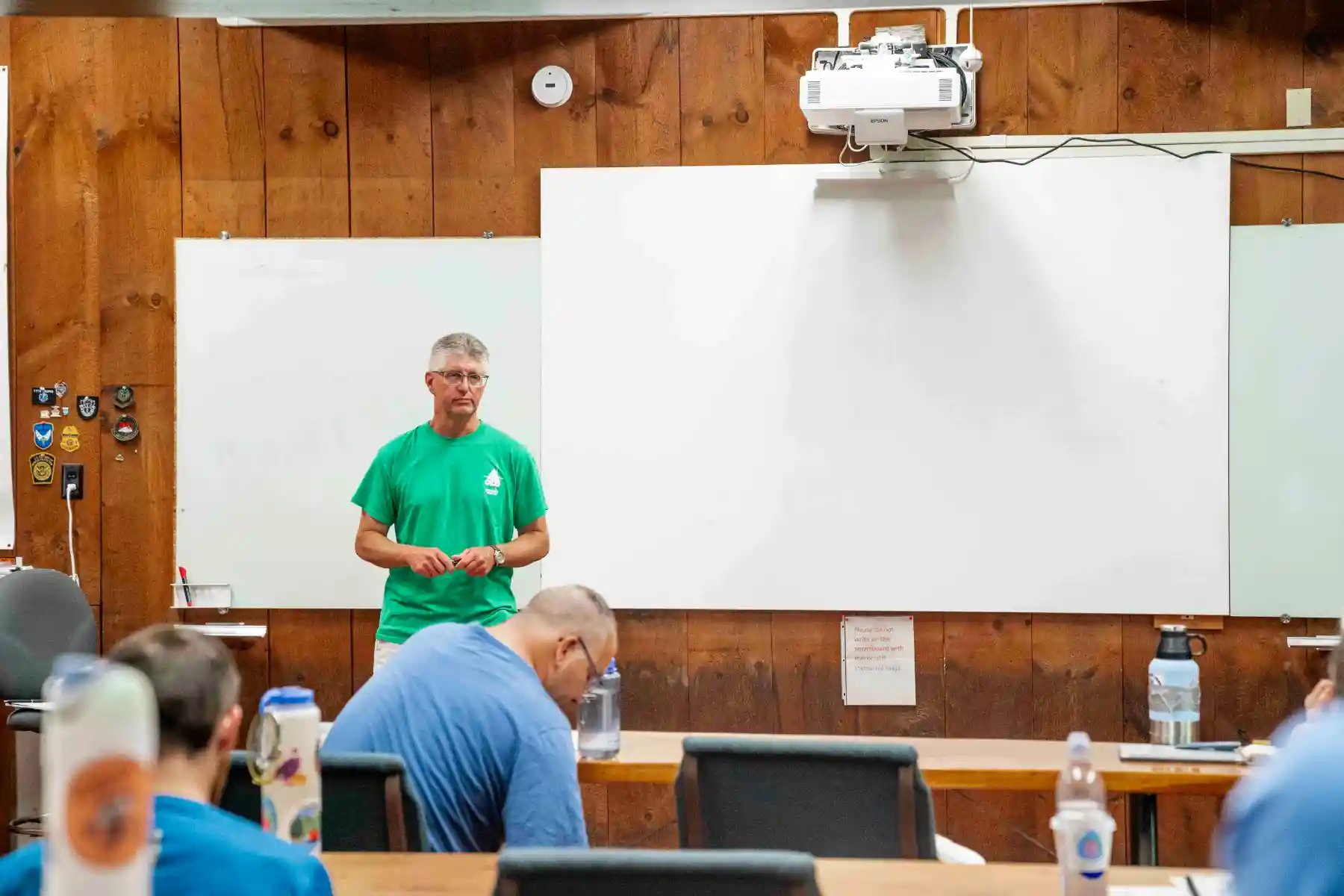











.webp)



%20.webp)



















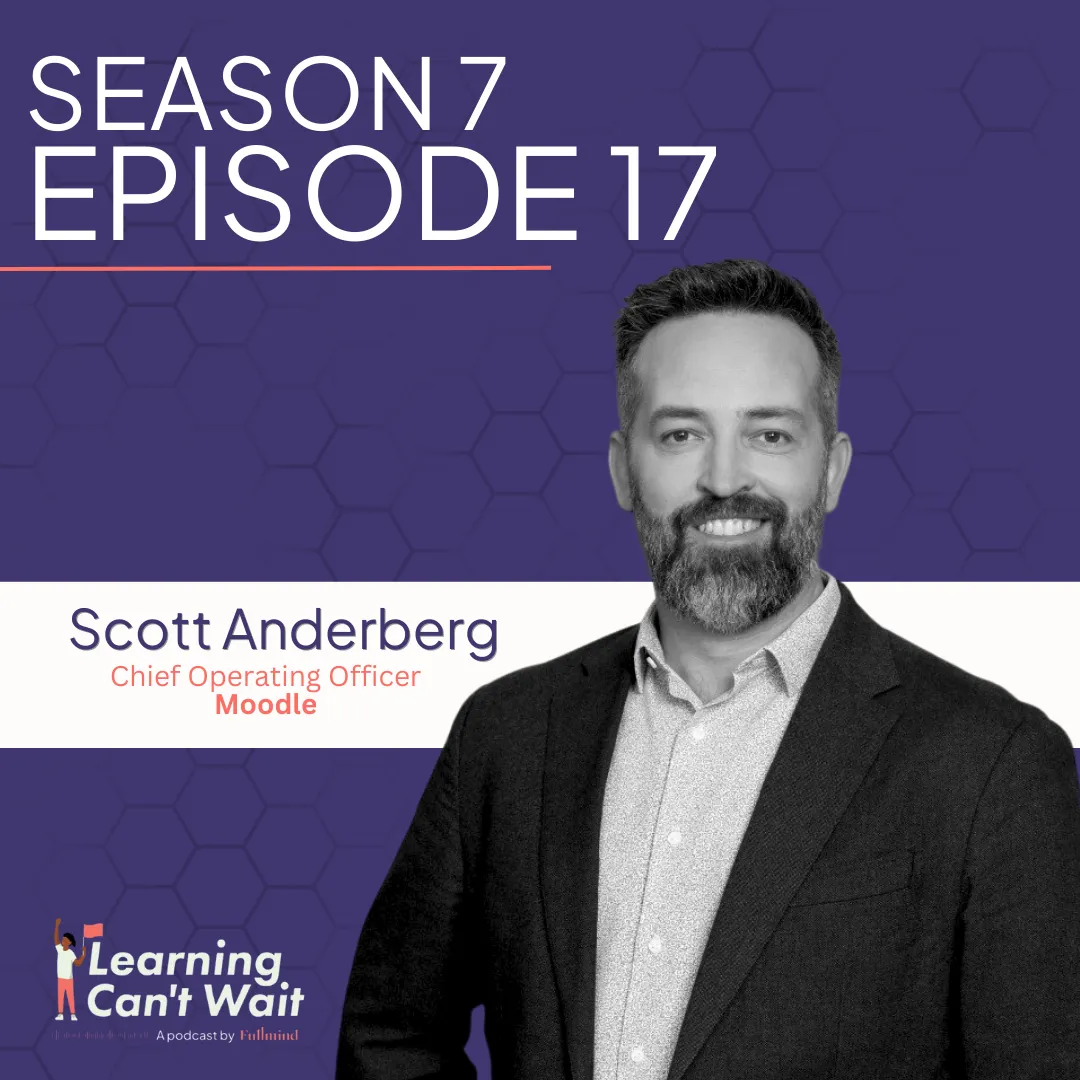


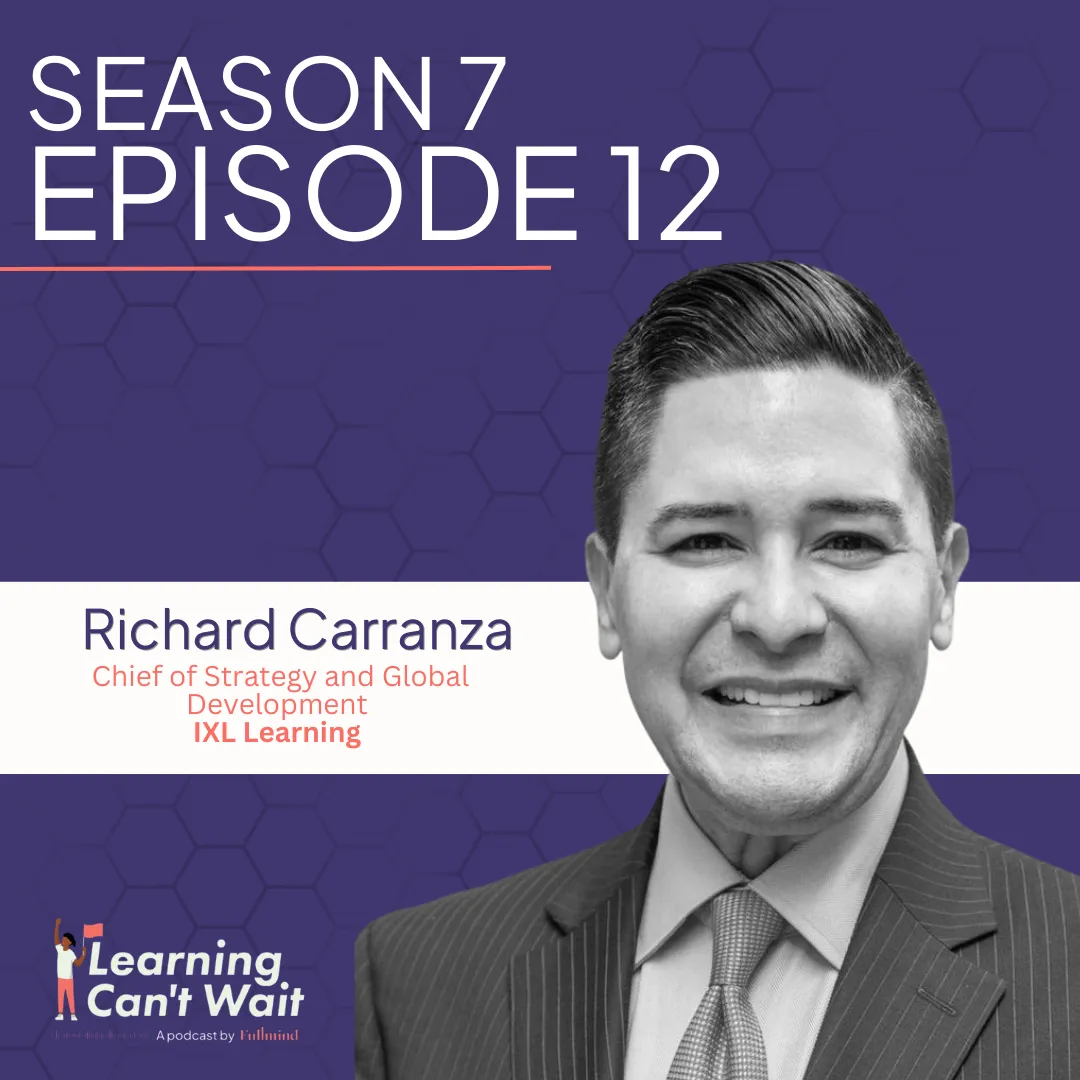
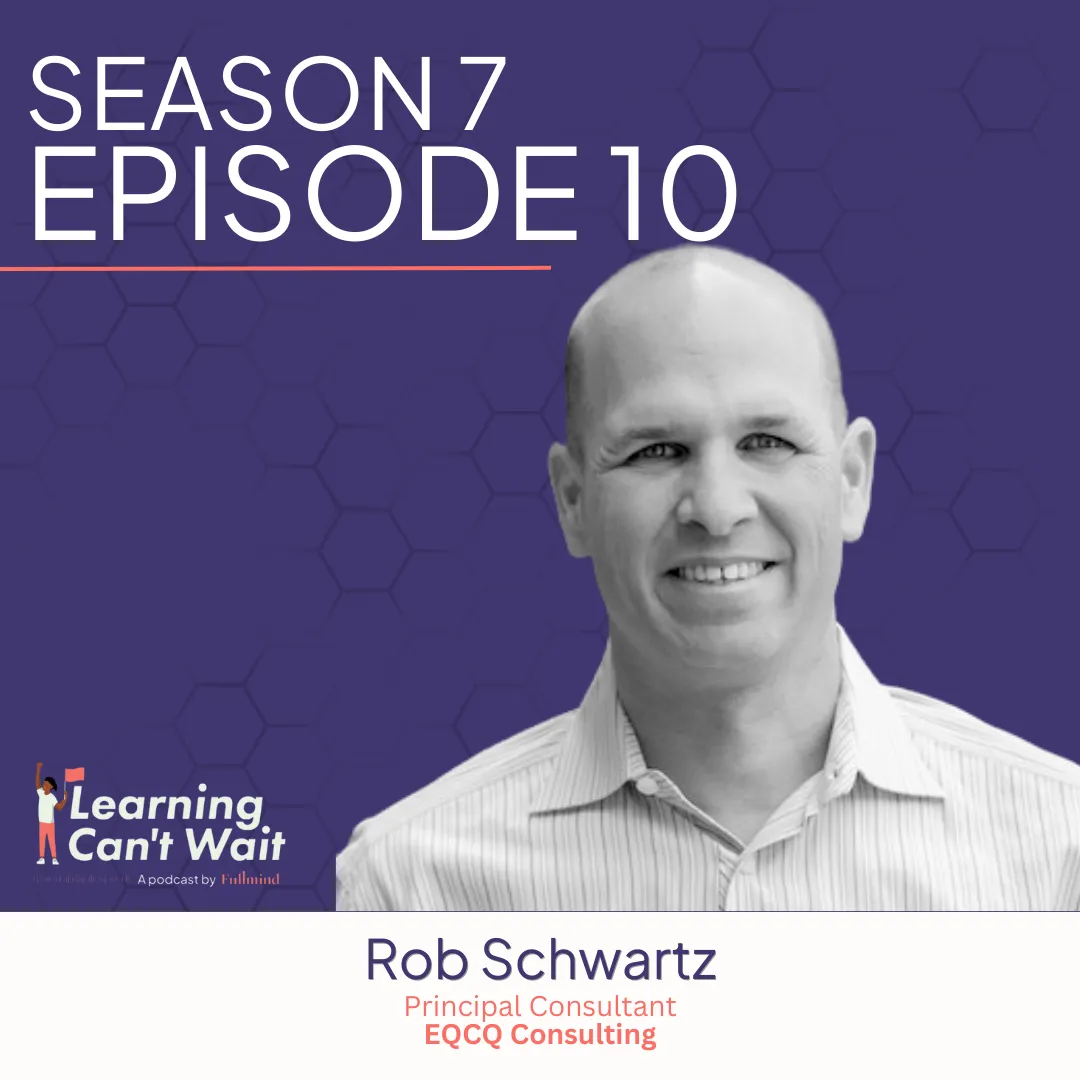
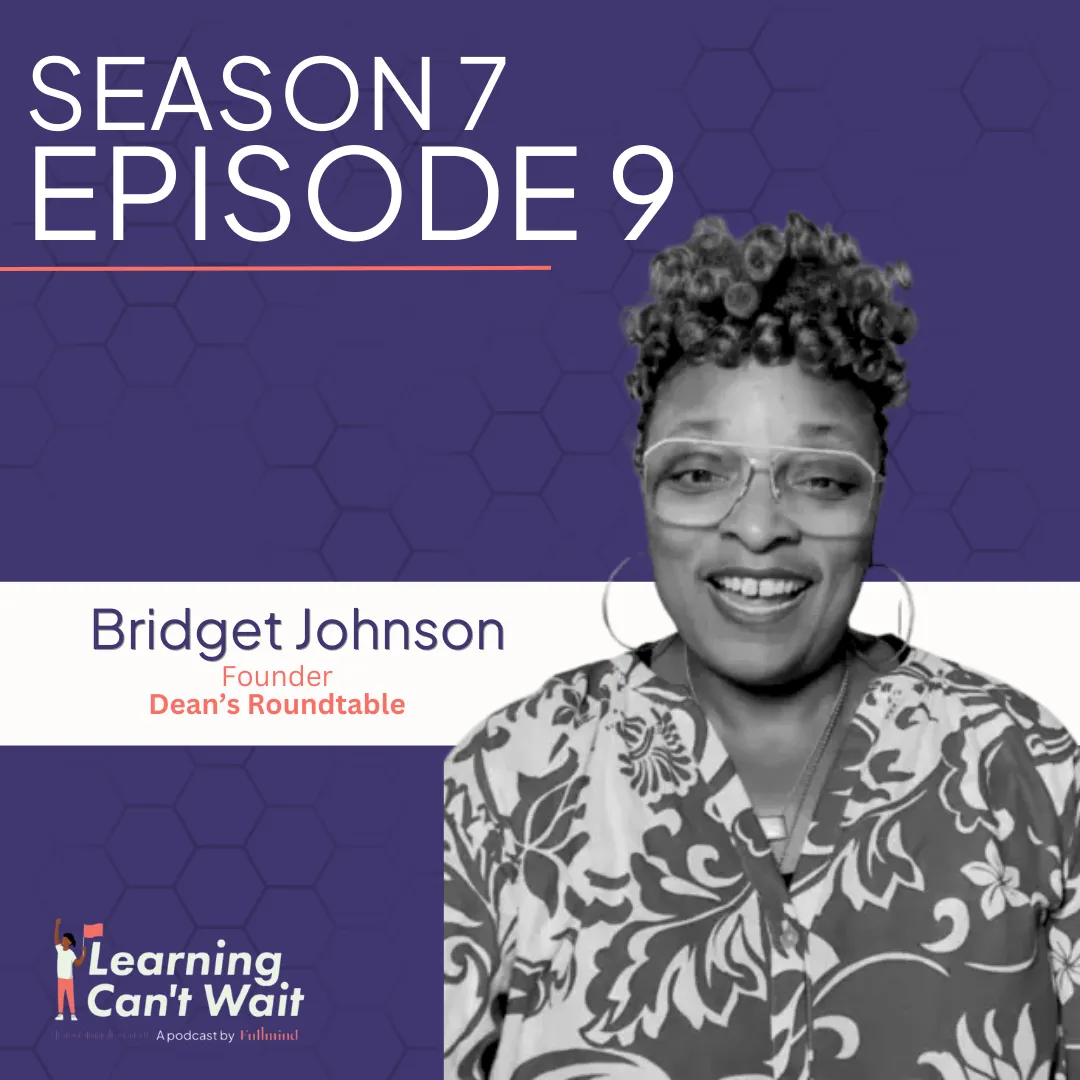




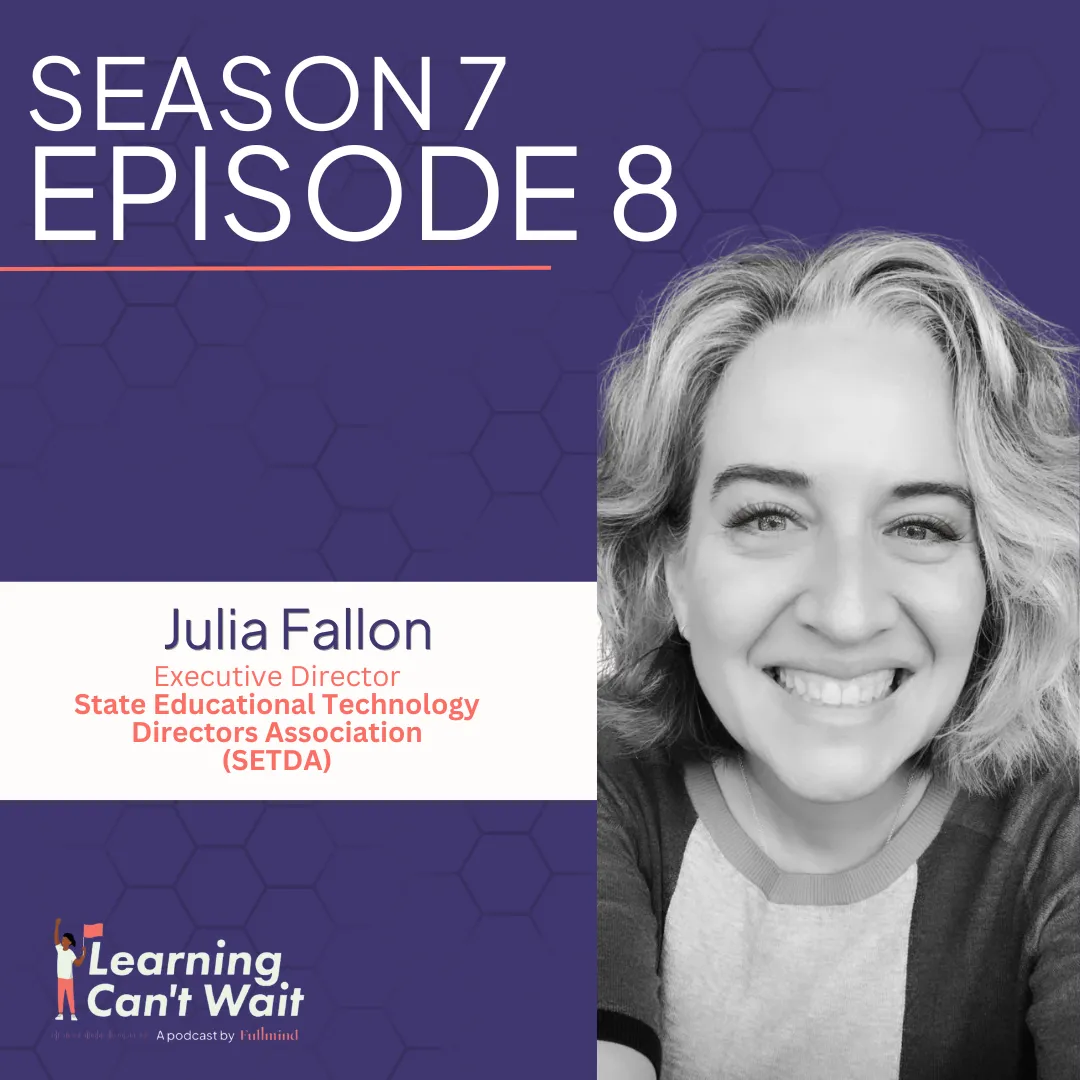






.webp)
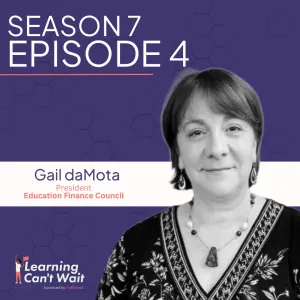
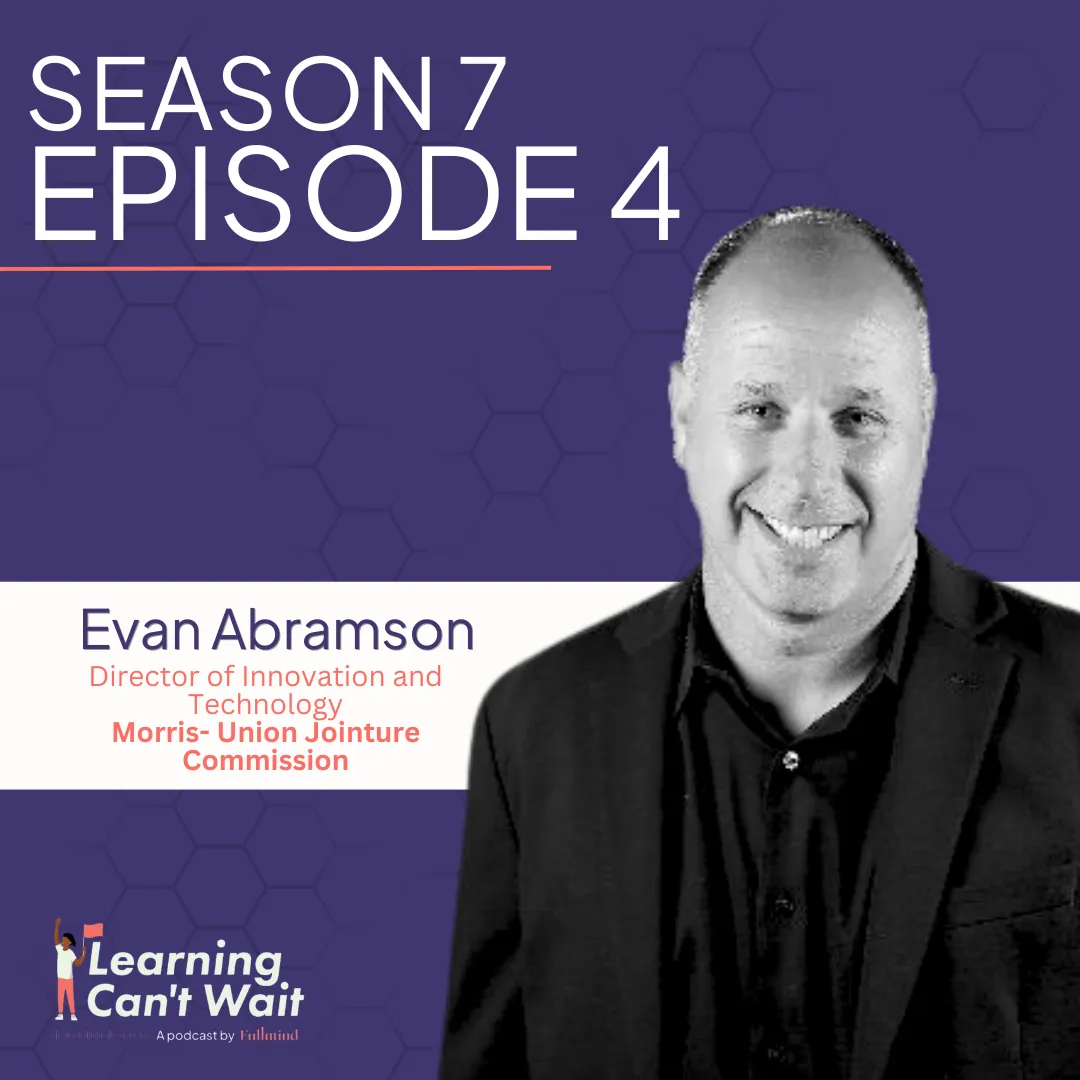


.webp)


.webp)


.webp)
